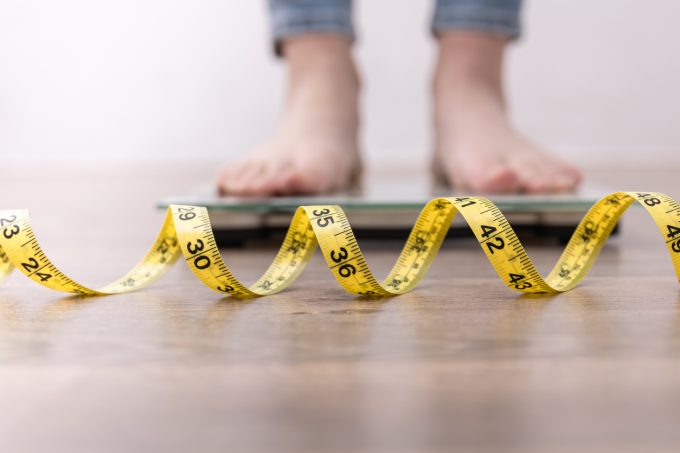Reference Number: 591
Year: 2020
Link: Link to original paper
Health: Glycemic response | Weight Management
Summary

Abstract
Retail programs offer popular weight-loss options amid the ongoing obesity crisis. However, research on weight-loss outcomes within such programs is limited. This prospective-cohort observational study enrolled 58 men and women between ages 20 and 72 years from a retail program to assess the influence of client features on energy-restriction induced weight-loss response. DESeq2 in R-studio, a linear regression model adjusting for significantly correlating covariates, and Wilcoxon signed-rank and Kruskal–Wallis for within- and between-group differences, respectively, were used for data analyses. An average 10% (~10 kg) reduction in baseline-weight along with lower total-, android-, gynoid-, and android:gynoid-fat were observed at Week 12 (all, p < 0.05). Fifty percent of participants experienced a higher response, losing an average of 14.5 kg compared to 5.9 kg in the remaining low-response group (p < 0.0001). Hemoglobin-A1C (p = 0.005) and heart rate (p = 0.079) reduced in the high-response group only. Fat mass and A1C correlated when individuals had high android:gynoid fat (r = 0.55, p = 0.008). Gut-microbial ?-diversity was associated with BMI, body fat%, and android-fat (all, p < 0.05). Microbiota of the high-response group had a higher baseline OTU-richness (p = 0.02) as well as differential abundance and/or associations with B. eggerthi, A. muciniphila, Turicibacter, Prevotella, and Christensenella (all, p/padj < 0.005). These results show that intestinal microbiota as well as sex and body composition differences may contribute to variable weight-loss response. This highlights the importance of various client features in the context of real-world weight control efforts.
Conclusions
With the obesity epidemic showing no sign of decline, it is increasingly recognized that retail weight-management programs can play important role in mitigation efforts. We examined the extent of weight-loss variation in response to planned energy-restriction among participants from a commercial program and if such variability is related to participant characteristics, including the profile of their gut microbiota. Although subtle, clear differences in gut microbiome signature existed between the weight-loss response groups. Our results suggest contribution of the gastrointestinal microbiota as well as sex and body composition differences toward differential weight-reduction within a retail setting. Additional research—providing independent validation in different cohorts as well as exploring how such knowledge may help customize improved weight-loss approaches—will be key.

